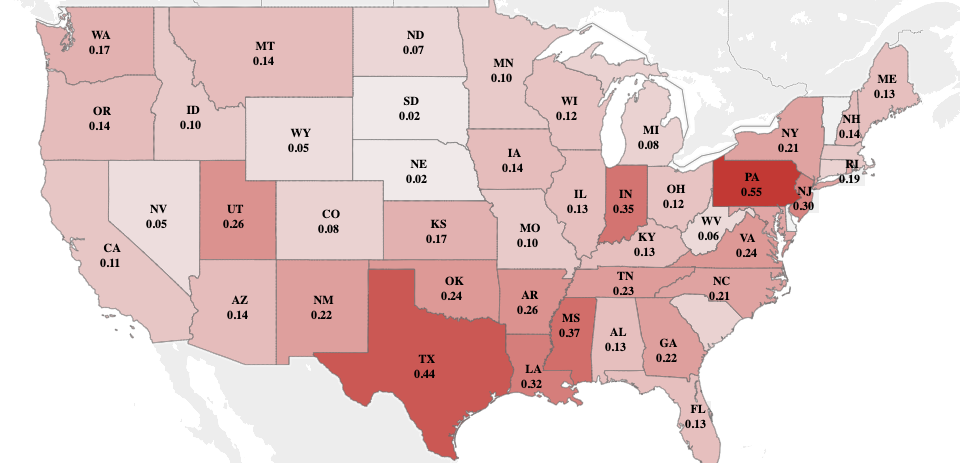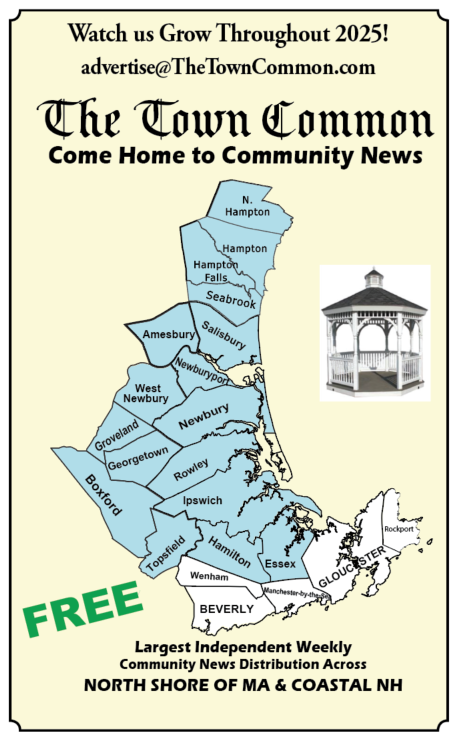The latest release of AARP’s Nursing Home COVID-19 Dashboard shows that both cases and deaths in nursing homes declined in the four weeks ending March 21. Although these rates improve, chronic problems in nursing homes—revealed during the COVID-19 pandemic—continue. In Massachusetts, during the four weeks ending March 21, .49% of nursing homes reported a shortage of nurses or aides, down from 2.4% from the previous reporting period.
Deaths of nursing home residents in Massachusetts have significantly decreased from the previous period, dropping from a rate of .79 to .10 per 100 residents. New infections among residents and staff also declined to less than half of previous levels. Resident cases fell from 2.4 to .34 per 100 residents, and new staff cases declined from 2.4 to .49 per 100 residents.
“The COVID-19 pandemic has brought to light the chronic, ongoing problems that have plagued the nursing home industry for decades, including staffing shortages, poor infection control, transparency, and accountability, said Mike Festa, AARP Massachusetts State Director. “Following the COVID-related deaths of more than 9,000 nursing home residents and staff in Massachusetts now is the time to eradicate these failings that jeopardize the health and safety of nursing home residents.”
AARP continues to urge elected officials to act immediately, focusing this year on:
Enacting or making permanent the components of AARP’s five-point plan
Prioritizing regular and ongoing testing and adequate personal protective equipment (PPE) for residents and staff—as well as inspectors and any visitors.
Improving transparency focused on daily, public reporting of cases and deaths in facilities; communication with families about discharges and transfers; and accountability for state and federal funding that goes to facilities.
Ensuring access to in-person visitation following federal and state guidelines for safety requires continued access to virtual visitation for all residents.
Ensuring quality care for residents through adequate staffing, oversight, and access to in-person formal advocates, called long-term care Ombudsmen.
Rejecting immunity for long-term care facilities related to COVID-19.
- Establishing minimum nursing staffing standards
- Ensuring progress is made so that in-person visitation can safely occur and facilitating virtual visitation.
- Creating a pathway for single occupancy rooms in nursing homes
The AARP Nursing Home COVID-19 Dashboard analyzes federally reported data in four-week periods going back to June 1, 2020. Using this data, the AARP Public Policy Institute, in collaboration with the Scripps Gerontology Center at Miami University in Ohio, created the dashboard to provide snapshots of the virus’ infiltration into nursing homes and impact on nursing home residents and staff, to identify specific areas of concern at the national and state levels in a timely manner.




